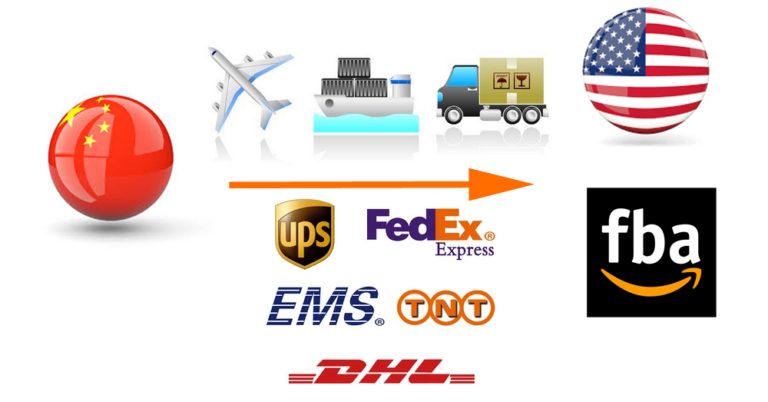What is the LDP cost? Landed Duty Paid (LDP)

Getting your first shipment imported cross country and confused about what LDP cost is? Find out what Landed Duty Paid is, why it is important and how to calculate it.
What is the LDP cost?
Landed Duty Paid (LDP) price is the final amount paid by a buyer for the goods they have had manufactured.
The LDP price includes all duty, shipping and logistics and taxes as well as the manufacturing fee for the products.
Why is LDP important?
Keeping track of your LDP cost will help you stay profitable since many of the associated expenses in LDP are hidden. Therefore, LDP must be calculated to ensure that a sale price quoted to the customers is profitable.
Understanding the Landed Duty Paid price helps customers gain a sense of their cost of production and helps them to compare the cost of manufacturing products in different regions and overseas.
Often the Landed Duty Price will help businesses compare to the FOB or Freight on Board price meaning that they can see the breakdown of the cost of manufacturing versus the shipping, duty and taxes to import or accept their manufactured goods.
If you don’t have a good understanding of your expenses of how high your additional fees will be in your shipping, calculating your LDP cost can be challenging. Different LDP payment terms can also be tricky for many to understand.
How to calculate LDP?
Calculating your LDP cost can be challenging. Come up with a price that is too low and you risk losing a lot of potential revenue. Estimate it too high, and you may lose out sales to your competitor.
A Landed Duty Paid can differ greatly depending on the tariffs, taxes and distance between the manufacturer and the local distribution center.
The LDP can be calculated using this basic formula:
LDP = customs + shipping + overhead + risk
Customs
Every country has its own regulatory body to monitor trade in and out of its borders. Make sure to check with the local authorities about the amount you have to pay for customs.
Shipping
LDP shipping terms include the costs such as crafting, handling, handling, packing and transportation. You might have additional LDP shipping fees for ocean, air and inland, depending on how you import your goods.
Overhead
Extra expenses such as exchange rates, purchasing tariffs, due diligence costs are included in the overheads.
Risk
Risk includes whatever you are paying to protect your product. This means all the expenses for insurance, quality assurance and compliance.
DDP vs LDP shipping
DDP vs LDP shipping has always been a point of debate. Different buyers have different preferences when getting their products cross borders. Some prefer DDP shipping, while some go for LDP shipping.
Under DDP (Delivered Duty Paid) the seller is responsible for the delivery of the goods to the buyer and bears the risks involving duty, taxes and other charges.
Both the DDP and LDP shipping methods have their pros and cons. While in LDP shipping you have more control over how much you pay during shipment, tariff and other related charges, you are accountable for anything that happens to your goods when it leaves the seller’s warehouse.
On the other hand, with DDP shipping, everything is handled by the seller on behalf of the customer, but this way you may end up paying more as compared with the LDP shipping.
Points to remember
- Landed Duty Paid (LDP) is the final price that a brand or retailer pays for the goods that are being imported cross border.
- LDP must be calculated to ensure that a sale price quoted to the customers is profitable.
- Calculating LDP is essential for your business.





